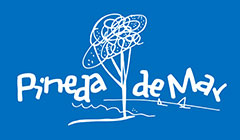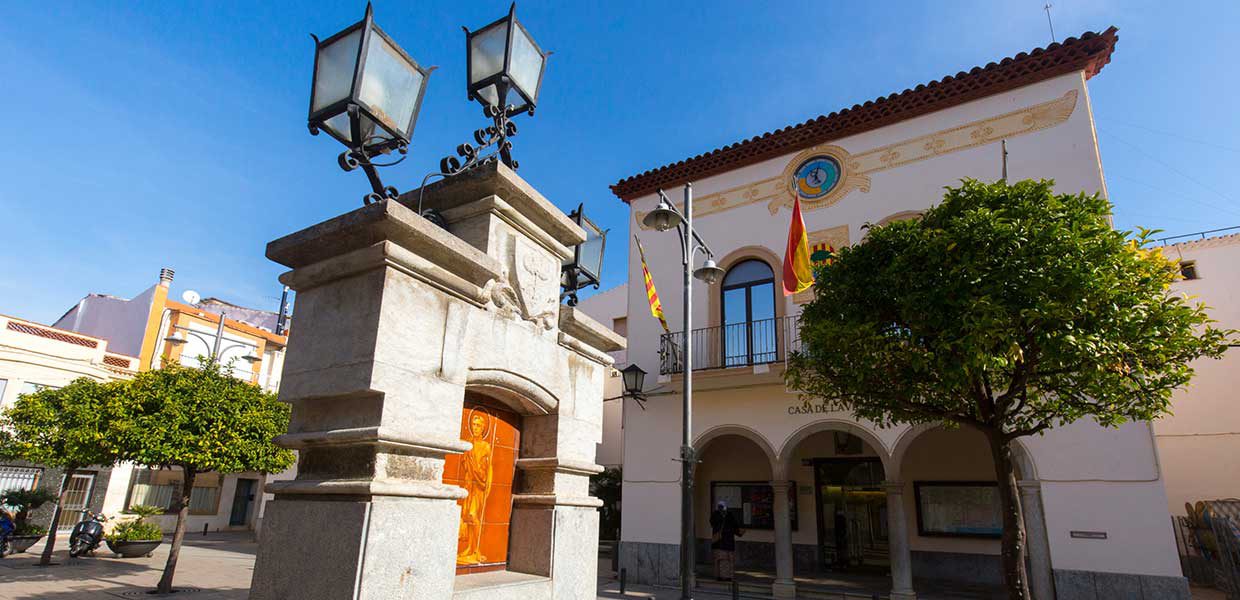Experiences
Town Hall – Plaza de Catalunya
ruta al centre
CATALUNYA SQUARE
HISTORIC CENTRE
A little more than 500 years ago, this square connected the urban area, people and the sea.
In 1499, in this place, a road was opened to facilitate the movement of people and also the transfer of goods by maritime transport. Today, this is the Carrer de Mar (the Seaside street). And at the time, it created a ‘T-shaped’ new urban planning in Pineda.
This road, however, also brought some dangers to the village from the sea, i.e. piracy. Since 1545, this village underwent constant Corsair attacks, which even now are recalled in the popular memory: Turgut Reis, ‘Dragut’, from Anatolia, attacked, robbed and captured 70 people, among which Jaume-Joan Coll, the notary.
Over the years, this square became the centre of public life and, between 1779 and 1780, the Town Hall was built here. The Town Hall was also used as a hostel, prison, bakery, butcher shop and tavern. And the rent of these services provided some income to the municipality! In 1877, the fruit and vegetable market also moved here. Then, it really was the Town Hall Square!
In 1917, the actual Town Hall was opened. It was built by Pere Roig Gimbernat, with the seal of the architect Isidre Puig Boada. Works lasted for 9 months and costed 11,492.50 pesetas (about 70 €!).
Town Hall – Plaza de Catalunya
.
.





